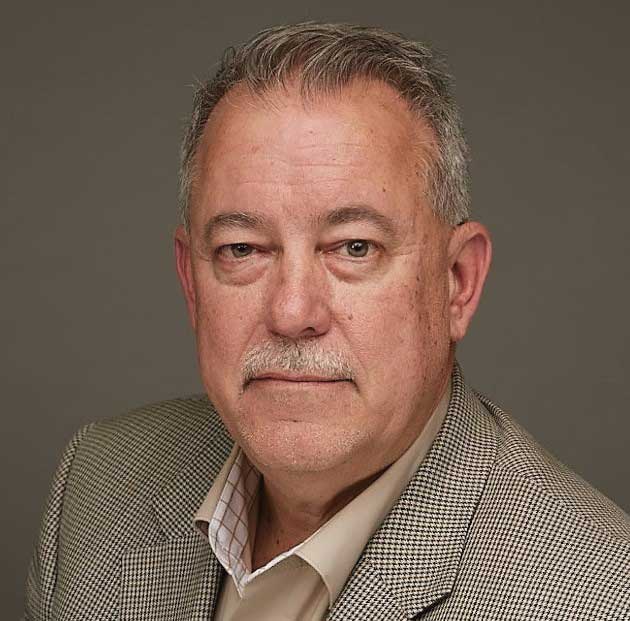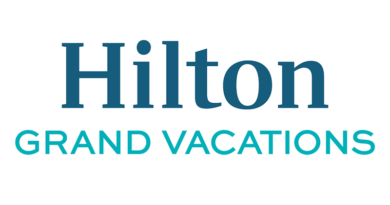HOA Directors Must Wake-Up and be More Realistic and Proactive

In any organization, it’s easier for leaders to be nostalgic and reactive, than it is to be realistic and proactive. That seems to be the case with many board members at timeshare resort homeowners’ associations. As the facts on the ground change, they are often reluctant to accept that new strategies are needed and to share that news with fellow owners.
“If you’re using next year’s money to get through the year or you’re using reserves to cover a budget shortfall, that’s potentially a bad situation or at least a cause for examination,” says Joe Takacs, president, and CEO of TheMVPService LLC.
“When it’s really not good is if you don’t address the shortfall and raise fees and you don’t tell the owners. Unless you have a good reason to think that things will change and the budget will somehow become balanced, you’re lying by omission.”

John Funk, an attorney at Gallagher, Callahan & Gartrell, P.C., agrees. “The worst thing you can do is ignore the situation,” he says. “Your problems will only become more extreme.”
Board members have a fiduciary duty to the HOA members who have elected them. “They must act in the best interest of the timeshare owners,” Funk says. “If they see these trends and don’t take action, they are failing in their duties.”
Of course, it’s one thing to see that the situation has deteriorated, it’s another to know what to do to resolve it. “With many legacy resorts having dwindling owners bases and increasing defaults, their finances become a problem,” says Chris Conley, an attorney at Hayes, Johnson & Conley, PLLC, who also runs White Rock Group, LLC, a title company. “They really have only three options.”
The first option is to keep the resort going and find a way to increase revenues. By stepping up marketing efforts for rentals and interval sales, HOAs can create new revenue streams. They can also increase collection efforts for unpaid fees.
This strategy is more likely to be successful for resorts that are in better condition and is a popular destination or on a beach. “It’s a lot more difficult if you’re in a rural area with few visitors,” Funk says.
Rentals can definitely help bridge the gap when the delinquency rate climbs, but once a certain threshold has been passed, the resort becomes less like a timeshare resort and more like a hotel.
When it comes to giving the owners what they think they paid for and retaining the ambiance of a timeshare resort, “everything spins around sales,” Takacs says. “Are you replacing owners that aren’t paying anymore?” Because many owners at legacy resorts have aged out of the product, HOAs must find a way to replace them, which in most cases will require an on-site sales representative at least a part of the forward-looking solution. As a rule of thumb, if the average usage span of an owner is 20 years, then a resort must find new owners for 5% of its overall intervals each year to ensure a fully subscribed owner base. Of course, some owners will find their own buyers through resale companies or deed it to their children. But for the most part, an active sales program is required.
Hiring a loan servicer or a collections company to ensure that maintenance fees are paid should be the first step if the percentage of owners who pay goes down. Another advantage of outsourcing this work is that the companies specialize in this type of work allowing them to keep up with changes to regulations on fair debt collection practices.

The second, Conley says, is to find a bulk buyer to take over the unused inventory. This can come in the form of a vacation club or a larger timeshare developer.
The risk in this strategy is that if the vacation club or developer goes out of business, the HOA will have a large chunk of inventory to find buyers for all at once. Still, it can be a bridge to more solvent times. At one resort managed by TheMVPService, they completed a bulk sale of nearly 1000 weeks in 2020, which for a brief time brought the resort up to nearly 98% subscribed. “Of course, I had to tell the board that we have to keep doing what we have been doing because this isn’t over,” Takacs says. “They have to keep selling year after year after year.”
The third option is partial or full termination of the timeshare regime. In a partial termination, a group of units, sometimes in one building, are converted into whole-ownership units, and then the remaining owners are consolidated into the remaining inventory. Those units are then sold off and any net funds are available for the remaining units reserve funds.
In a full termination, the timeshare plan at the entire resort ends. This is an arduous process as the title to all 52 weeks in all units must be cleared. That process sometimes (but not usually) requires taking the resort through a bankruptcy proceeding.
“While this may sound like the only option to some HOAs,” Conley says, “it should be the last option once everything else fails due to the seemingly insurmountable title problems that are caused by an outright termination. People sometimes forget that we are dealing with real property. The title records and standards are exactly the same as for your house.”
While a good bit of the inventory is typically already owned by the HOA, Conley says his companies are finding that more of the inventory remains titled in the names of delinquent owners who are now either deceased or can’t be located. Exit companies have exacerbated the problem. “A new wrinkle HOAs are having to deal with are COVID-related defaults because, during the pandemic, many courts paused foreclosures,”
“Closing a resort is one of the more complicated legal problems out there,” Funk adds. “The documents typically require a very high voting percentage.”
At one resort, it took one year to clear title for six units, and the legal fees amounted to $100,000. “It’s very labor-intensive,” he explains.
Some resorts have also had their association file for bankruptcy and then do a reorganization. “For a large resort, it may be simpler to just go that way,” Funk says.
One benefit of the pandemic may be that communicating with owners has become easier as more people have become comfortable with Zoom and other virtual technologies. “At one resort, 70% of active owners attended a webinar we did to help them decide what to do about their resort,” Takacs says. The owners could ask questions using the chat feature and generally were pleased with the presentation of information and their ability to learn and understand what was being presented.
Deciding on the best option is a complicated decision, but HOAs don’t have to go it alone. “There are a number of companies that will help a resort analyze where they are,” Funk says. “They’ll do an in-depth examination of the physical plant to determine its condition, look at the owner base, the trends in the local market, the type of product, and the management team, and then report back to the board on what their options are. But you have to understand, doing nothing is not an option.”
Judy Kenninger has been covering the shared-ownership industry for nearly two decades.



